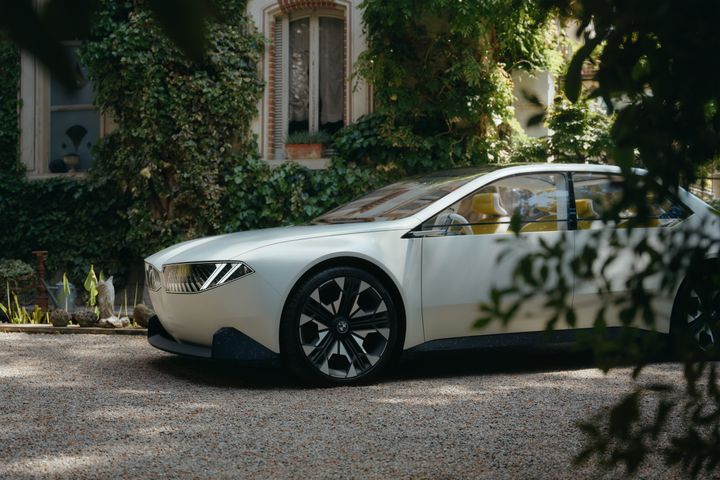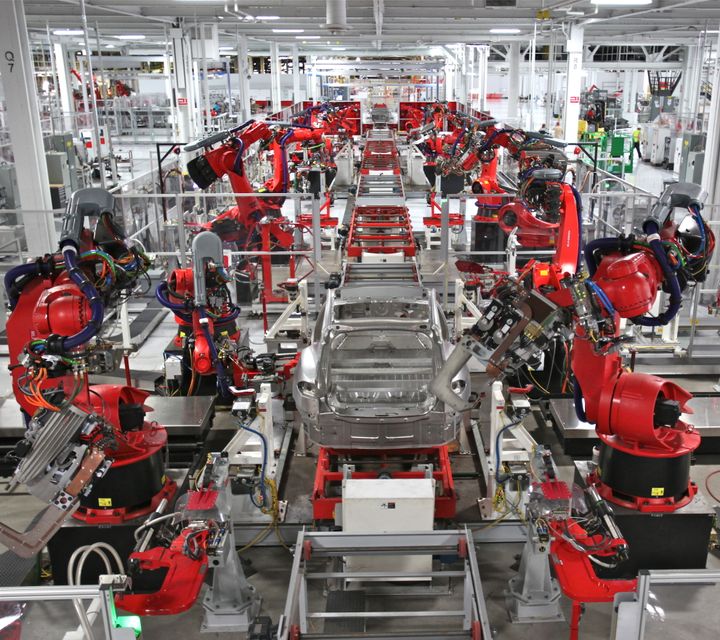Buzzing Two Wheeler EV Market In India: The Hype Is Real!
Estimated to be contributing 40% to the overall global two wheeler market, India has the highest share. Last year two-wheelers marked a sale of more than 15 million units in the country with the figures expected to breach 20 million this year. In India, 2 wheelers are the most common mode used by the working class to head to their workplace, along with being the most widely used in the delivery services or other logistical domains, moreover, 81% of vehicles plying on Indian roads are two-wheelers. Since, the market for two-wheelers is so big in India due to demographic scenarios along with being the most preferred mode of transportation for a large cluster of the population, the transition towards its EV segment is also seeing a similar trend as the market saw a 3 digit growth over the last two years with about 230,000 units sold in 2021. Indian roads are fleeting with the new electric two-wheelers as people are also building up the notion of going green considering the pollution crisis in major Indian cities.
Realising the cascading demand, and an anticipated growth of this segment which accounts to be at a 44% of CAGR, private players are already pushing supply in the market. Hero Electric being the major shareholder in the market at approximately 34% has already launched 8 two wheeler variants with splendid specs to maintain their USP in the market. Okinawa being the second largest e-scooter manufacturing company in India grabs 22% of the market with major focus being battery efficiency and safety in their 6 two-wheeler variants. Following, Ather energy, a Bengaluru based company is emerging as a major competitor in the market grabbing about 11% market share and with 2 variants in its arsenal of two-wheelers, the company is aiming to launch more models in the coming years to develop a strong foothold in the market. Other major players in the EV two-wheelers market Ampere Vehicles, Revolt etc. are also hitting the market hard. Ola electric is also emerging as a market leader with selling record units in April this year, the company is also planning to invest more than 3,000 crores in RnD to cater to the rising demand.
The Goods and Services Tax (GST) being already levied down back in 2019 on EVs to just 5%, The incentivisation of the electric two-wheelers by the government has also led to a boom in sales figures. In line with the net zero targets and plans to electric, the Government is trying to help the population to transit from the fossil fuel based vehicles to the EVs by subsidising the purchases of these vehicles. As per its FAME-II scheme, it's already planning to use the allocated sum of ₹2,900 crores by next year. Government has already increased the incentive cap to 40% of the vehicle cost which increases the subsidy rate from 10,000 to 15,000 per kWh. The Government is also focused on addressing the charging issues with the EVs pertaining to a long charging time along with distant charging stations by developing in range battery swapping units to assist riders. Moreover, registration exemption for low-speed electric two-wheelers and waivers in income tax are also some steps taken by the Government to incline people towards EVs.
Apart from this, external factors are also at play in favour of this market, the continuous rise in the petrol prices have also made people rethink about buying conventional scooters and switching to electric ones. Among the benefits of EVs, being economic is something that’s motivating commuters to go electric. The potential of the two-wheeler market is still untapped as it sees millions of units being sold and yet EVs in this segment contribute to less than 1%, yet things look optimistic based on changing people preferences, government support and the variety of models available in the market to keep people riding green.




 Industry Inscript is a subsidiary of Valiant and Company Ltd.
Industry Inscript is a subsidiary of Valiant and Company Ltd.
Comments ()